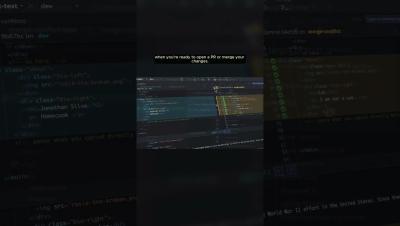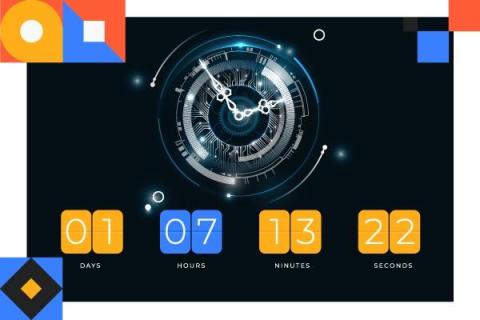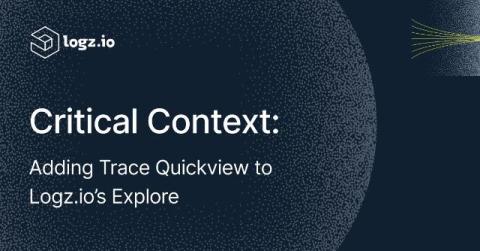How to Discover Advanced Persistent Threats in AWS
When it comes to managing AWS cloud security, a growing concern for security operations (SecOps teams) is the increasing sophistication of digital threats. While conventional cyber threats deploy widely known tools and techniques in crude, all-or-nothing attempts to breach enterprise security controls, sophisticated attacks known as Advanced Persistent Threats (APTs) employ more advanced technologies and methods to gain and maintain access to secure systems for long periods of time.











